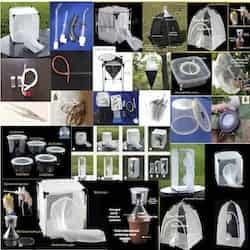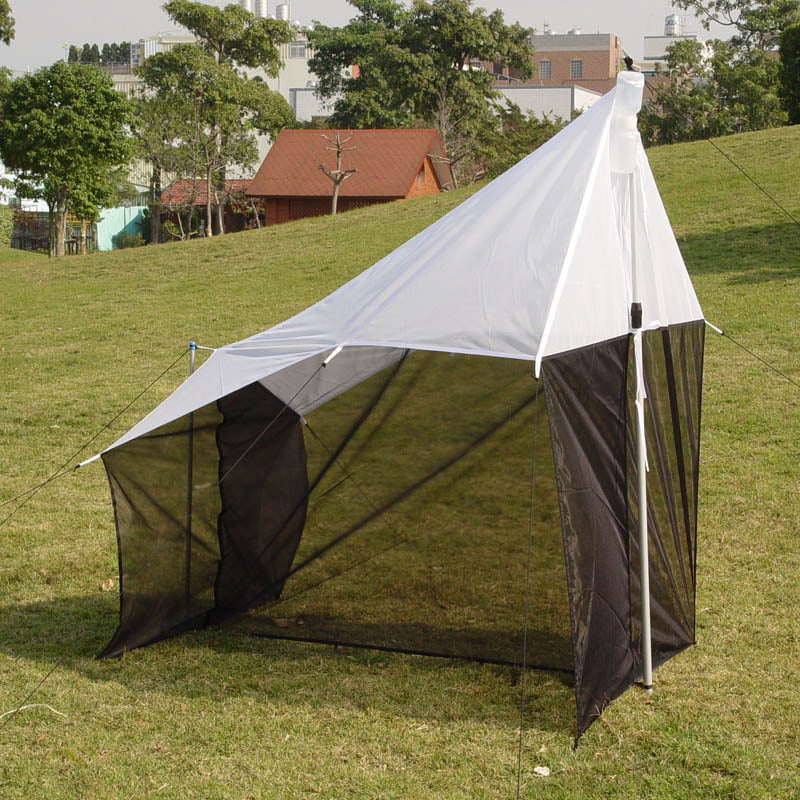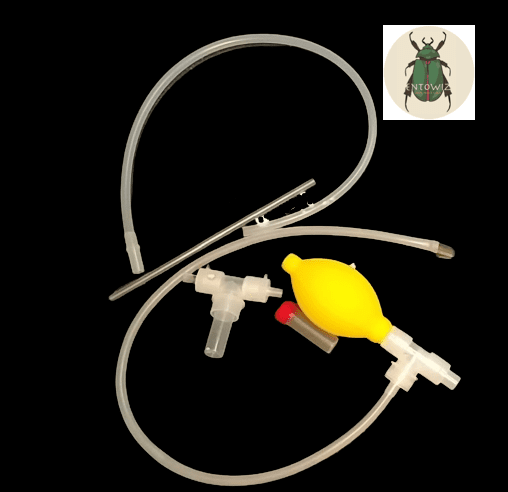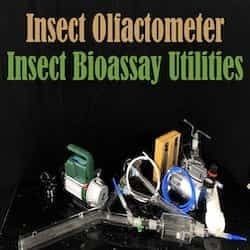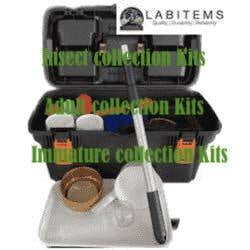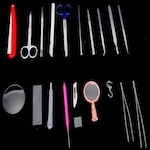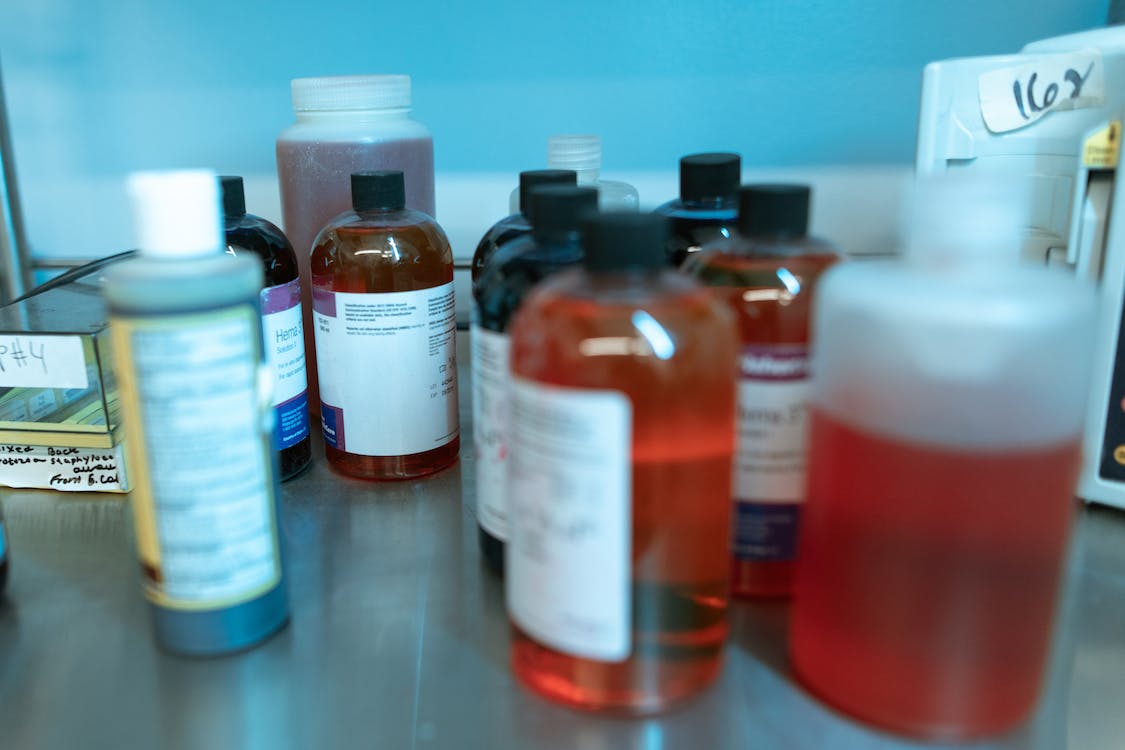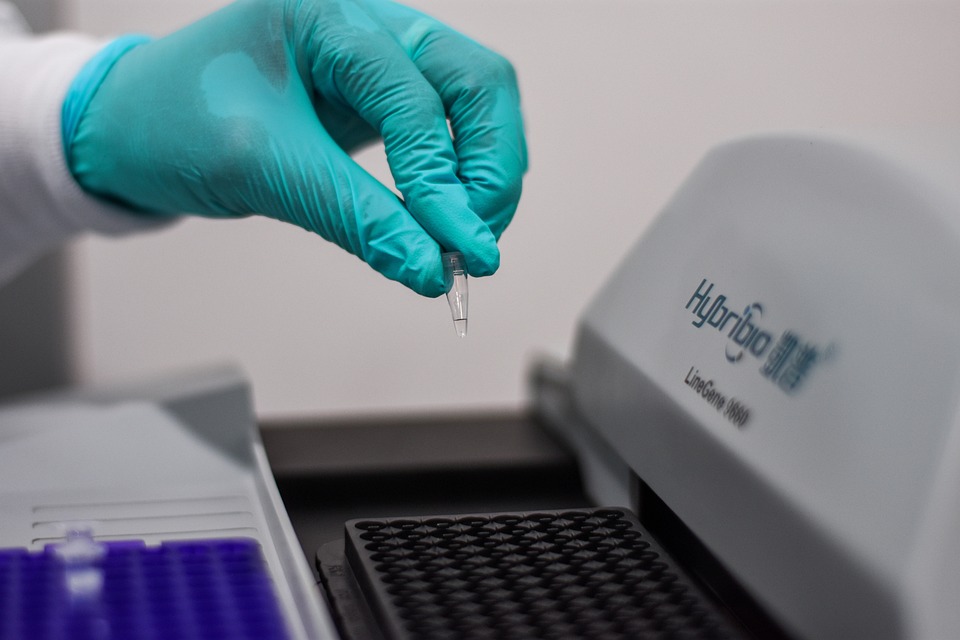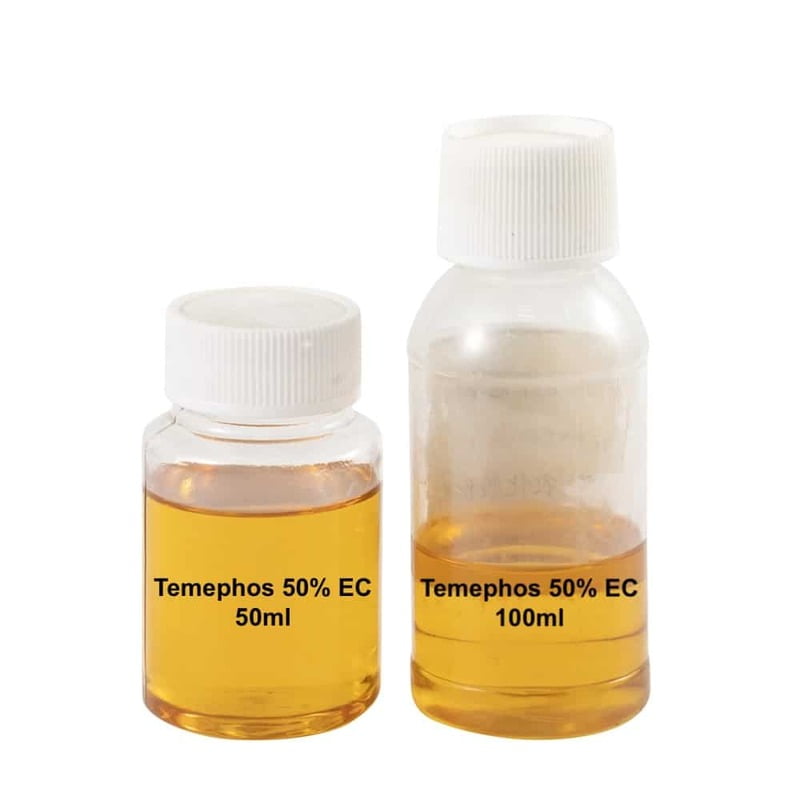
Temephos 50 EC for Larvicide Testing for Public Health
₹995.00
Tags:
Temephos 50EC, an organophosphate larvicide, is commonly employed in larvicidal insecticide monitoring experiments to assess susceptibility of disease vector populations. The process involves diluting Temephos 50EC with water to create varying concentrations. Larvae from target mosquito species are exposed to these concentrations to establish a dose-response relationship. By monitoring mortality rates, researchers can determine the susceptibility of mosquito populations and identify potential resistance. Diagnostic concentrations are selected based on these experiments to differentiate between susceptible and resistant populations. Repeat testing over successive generations helps track changes in susceptibility. This method is vital for informing vector control strategies and ensuring the continued efficacy of Temephos in combatting mosquito-borne diseases, contributing to effective disease prevention and public health initiatives. Regular monitoring using Temephos 50EC is a crucial component of integrated vector management programs, aiding in adaptive strategies against emerging insecticide resistance.
Choose Quantity
Product Details
If you are considering using Temephos 50 EC for testing insecticide resistance among public health disease vectors, such as mosquitoes that transmit diseases like malaria or dengue, here are some general instructions to follow for getting repeatable experimental results:
1. **Selection of Test Populations:**
- Choose mosquito populations that are suspected or known to have potential resistance to organophosphate insecticides, including temephos.
2. **Baseline Susceptibility Testing:**
- Establish a baseline susceptibility profile for the target mosquito species by conducting bioassays with known concentrations of Temephos 50 EC.
- Use a susceptible reference strain for comparison to determine the initial susceptibility status.
3. **Dose-Response Bioassays:**
- Conduct dose-response bioassays by exposing mosquitoes to varying concentrations of Temephos 50 EC. This helps establish concentration-mortality relationships.
4. **Selection of Diagnostic Concentrations:**
- Based on the dose-response results, select diagnostic concentrations that can differentiate between susceptible and potentially resistant populations.
5. **Field Collections:**
- Collect mosquito samples from field populations that you suspect may have developed resistance to Temephos.
6. **Exposure to Diagnostic Concentrations:**
- Expose collected mosquitoes to the selected diagnostic concentrations of Temephos 50 EC and record the mortality rates.
7. **Data Analysis:**
- Analyze the data to determine the level of resistance in the tested populations. Calculate the lethal concentrations (LC50, LC90) and compare them with those of the susceptible reference strain.
8. **Repeat Testing:**
- If needed, repeat the bioassays over multiple generations to monitor changes in resistance levels over time.
9. **Confirmation of Resistance Mechanisms:**
- If resistance is confirmed, conduct additional studies to identify the mechanisms responsible for resistance, such as target-site mutations or metabolic detoxification.
10. **Documentation and Reporting:**
- Maintain detailed records of the experimental procedures, concentrations used, and results obtained.
- Prepare a comprehensive report summarizing the findings, including the resistance status of tested populations and any observed trends.
11. **Safety Considerations:**
- Adhere to safety guidelines and ethical considerations when working with insecticides. Ensure proper disposal of waste materials and compliance with regulations.
Always follow established protocols, comply with local regulations governing the use of pesticides in research, and obtain necessary permits for conducting bioassays and research involving insecticides.


